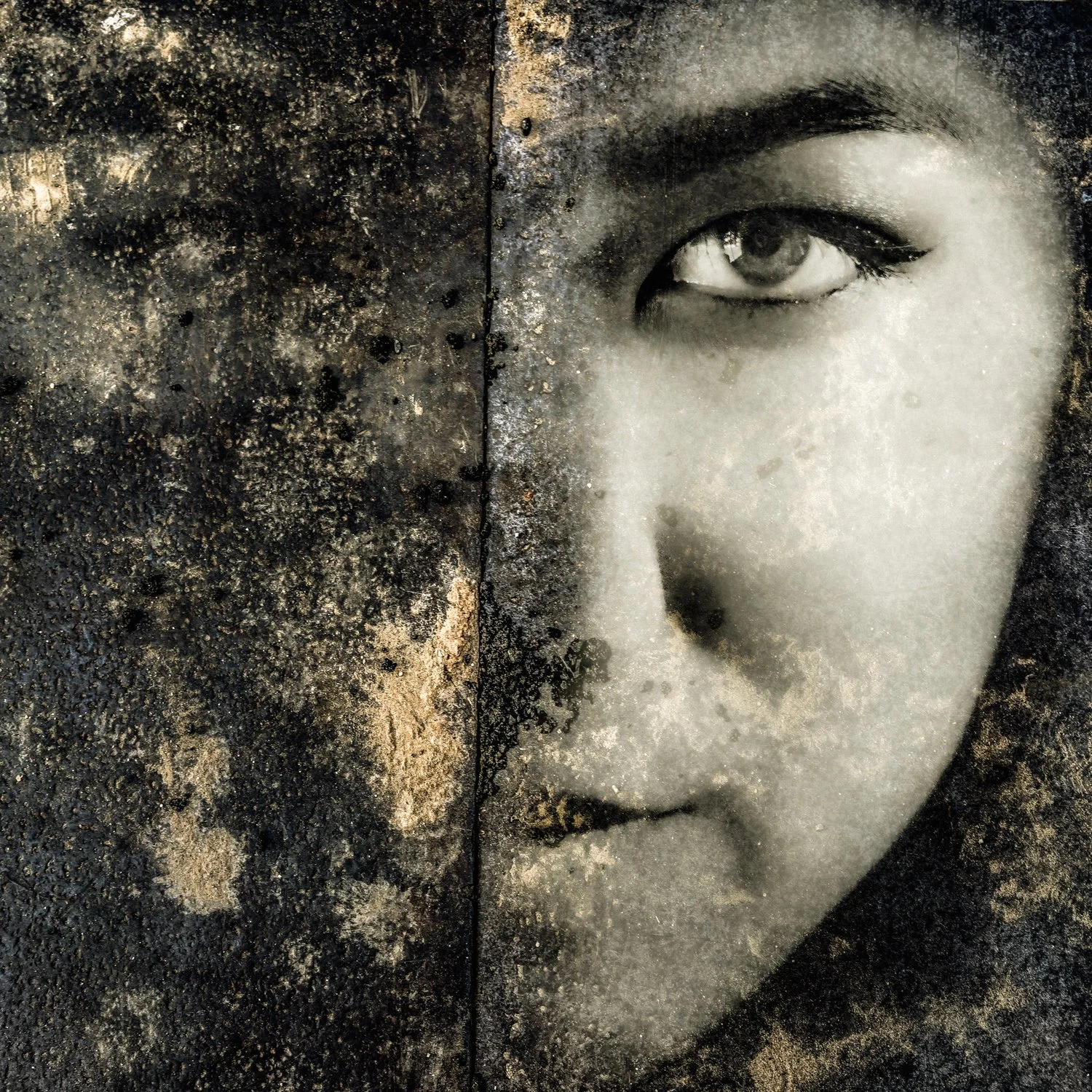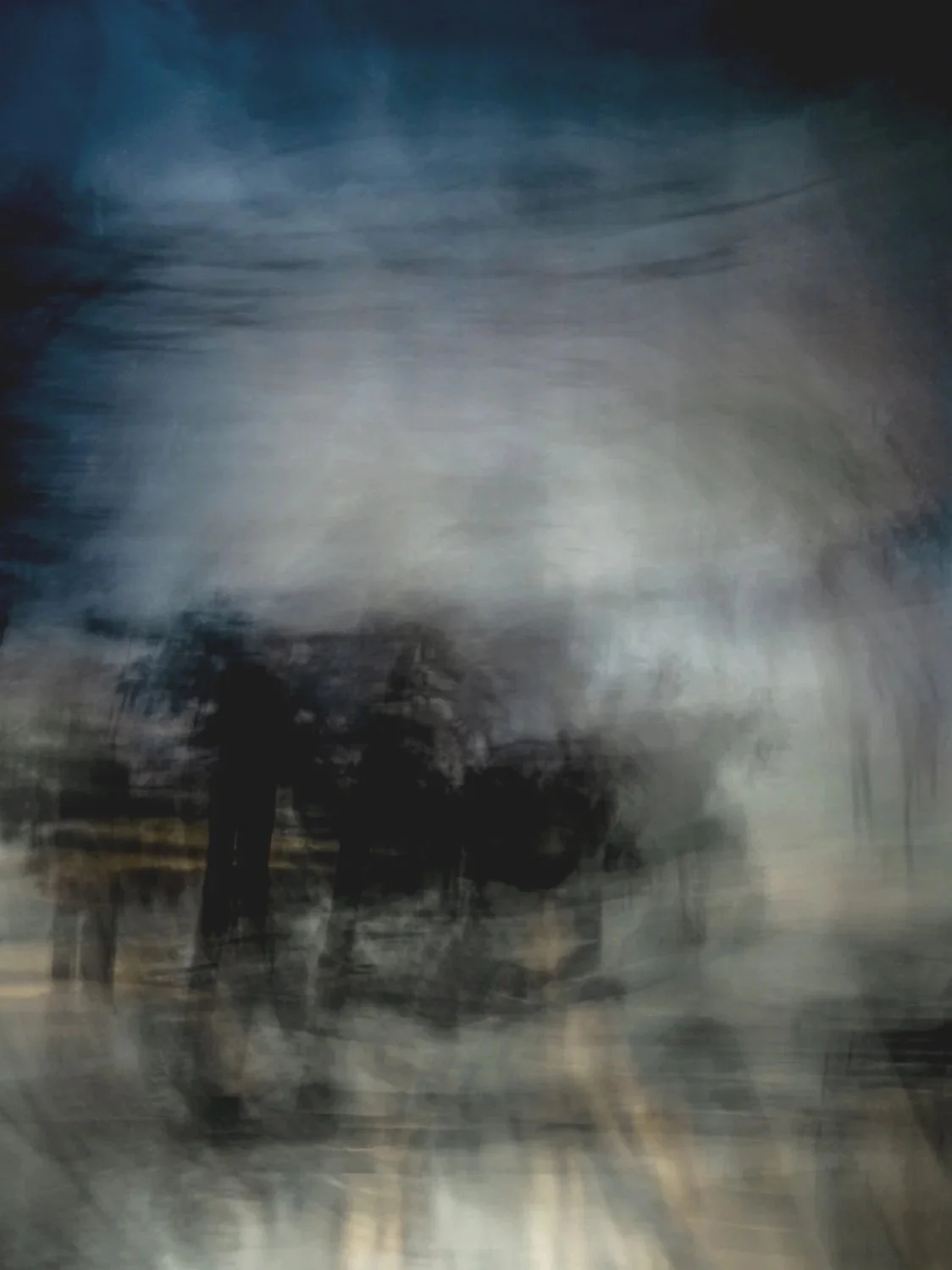HELD IN BONE Portraits shaped by memory and interior silence.
INTROSPECTION Made in isolation, as meaning was still forming.
DIGNITY: The Light Within Portraits that meet presence eye to eye.
UNSTABLE GROUND Sometimes, nothing feels settled.
PALIMPSEST Images shaped by time, accumulation, and erasure.
IN SITU Before meaning settles.







